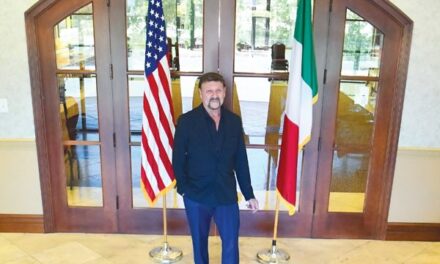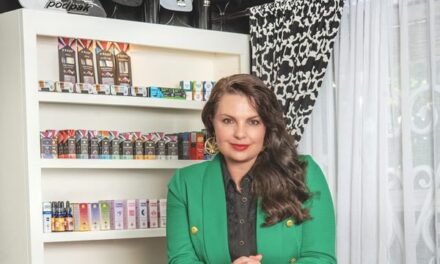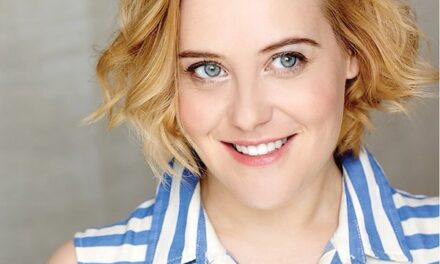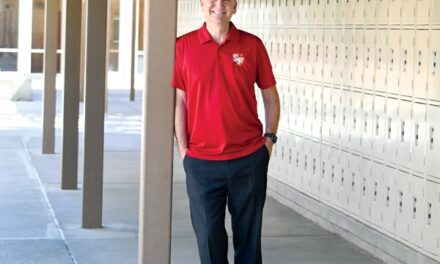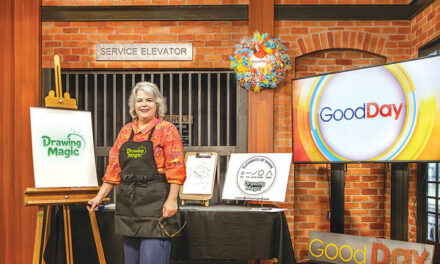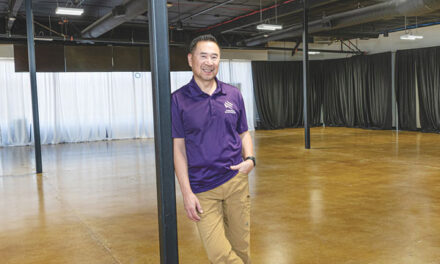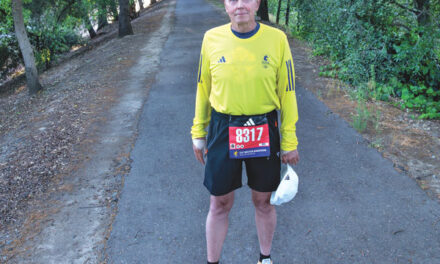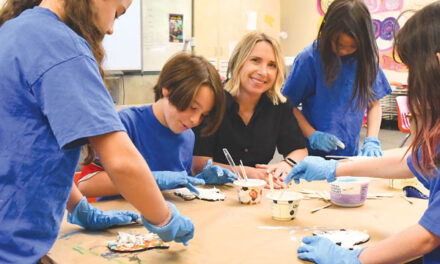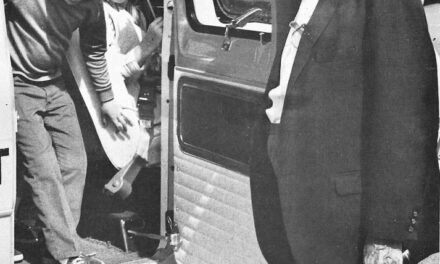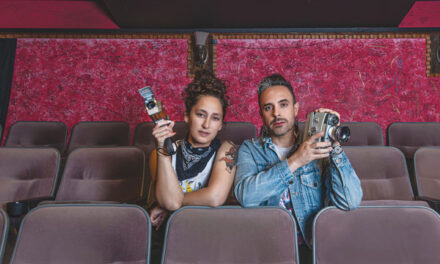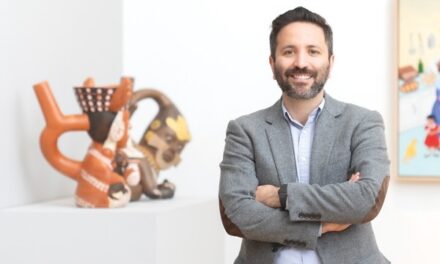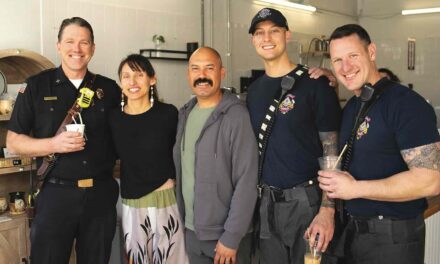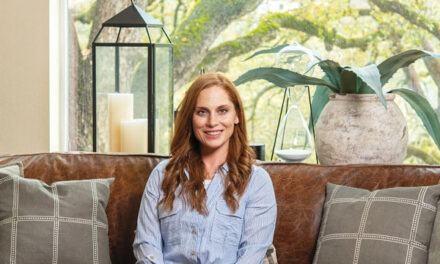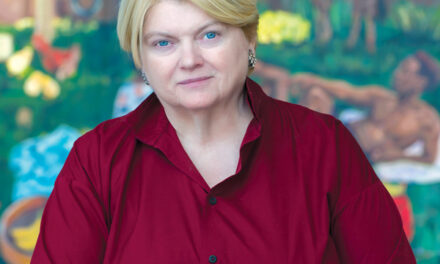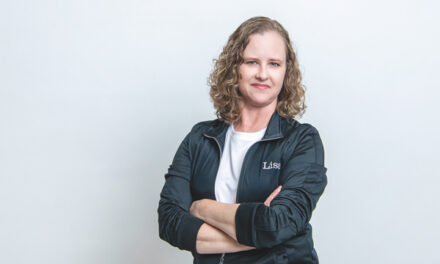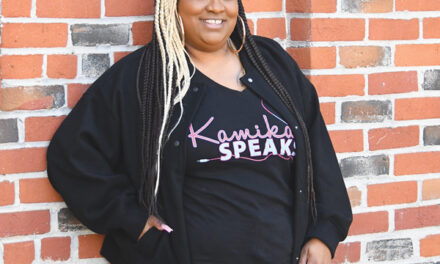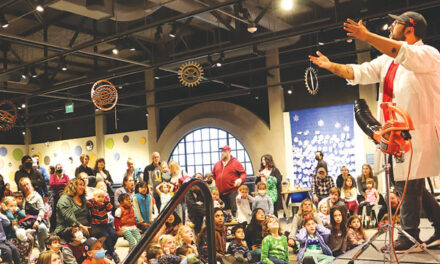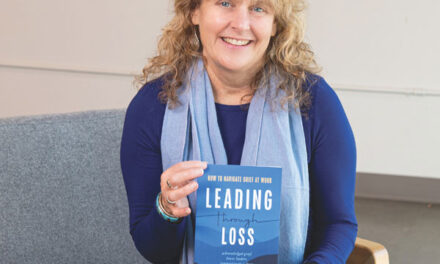Bright Idea
Michael Sestak’s custom lighting illuminates Sacramento
By Jessica Laskey
March 2018
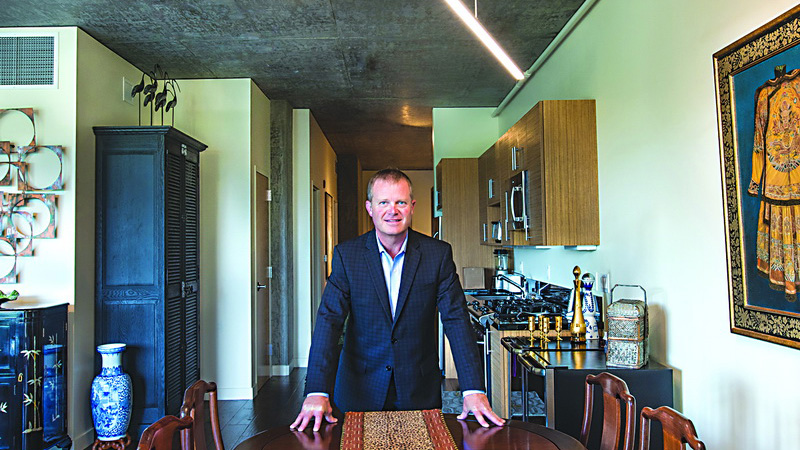
Michael Sestak’s light-bulb moment was a literal one. After years as a pastry chef, Sestak left the sweet life behind to start a shiny new career in lighting design.
“Pastry is about presenting the end of the dinner with something showy, fun and creative,” says Sestak, who studied at City College of San Francisco’s Culinary Arts and Hospitality Management Program. “That’s the connective thread from one career to another: In pastry and in lighting design, you mix ingredients together to make something great. Now those ingredients happen to be wood, steel, glass and electricity instead of flour and sugar.”
Michael Sestak used his keen artistic eye not only for breathtaking feats of baking, but also in remodeling his various homes—first in San Francisco, then in
Sacramento, where he moved in 1986 to serve as a pastry chef for the Hyatt Regency. It was lighting that he found most transformative.
“Adding lighting to a home makes it more enjoyable,” the Carmichael resident says. “Friends would come over and ask me to do the same thing to their homes, and that’s when the light bulb went off.”
In 2000, Michael Sestak left a star-studded pastry career—he’d designed pastry showpieces for The Rolling Stones, Ella Fitzgerald and Cartier—to see what he could create with electricity.
After acquiring a contractor’s license and taking courses sponsored by SMUD and the Illuminating Engineering Society of North America, he opened Sestak Lighting Design. Over the past 17 years, Sestak has designed custom lighting solutions for high-profile residential clients, including Mark Friedman, Lina and Ken Fat, Jeanne Reaves, Cecilia Delury and Vince Jacobs. He’s also done commercial projects like the McKinley Village underpass, The Barn in West Sacramento, Governor’s Mansion State Historic Park and The Sutter Club.
“I consider myself a resource in lighting,” says Sestak, who conducts what he calls “collaborative interviews” with clients to figure out what they want. “There’s a giant world of discovery when it comes to lighting. It’s a great place to play and create and have lots of fun, but there’s also a lot of science behind it. I can look at the photometrics of a fixture and tell you what it’s going to do, how much light will come out of it, so we can select the one that will illuminate the space properly.”
The most common thing Michael Sestak is asked about these days is LED lighting.
“LED brings with it a whole new world and lexicon,” Sestak says, adding that lighting has come a long way from the “plug-and-play” incandescent and fluorescent bulbs on grocery-store shelves. “I try to take the mystique out of it and explain to the layperson that it’s just a light source that can be used in many different ways. LED is actually most exciting because it allows you to use color with light. That’s what I did with the McKinley Village underpass and The Barn. It’s also energy efficient and long lasting, but it’s the artistic applications that make people ooh and ah.”
Recent technological advances also allow consumers to interact more directly with lighting displays, either through smartphone apps or the communication potential of colored LEDs.
“Lighting is no longer just a wall switch,” Sestak says. “The current idea in Sacramento is how to use color for the facades of buildings—how color can act as a message for the city. For example, purple lights for a Kings game; pink for breast-cancer awareness; red, white and blue for patriotic holidays. When lighting is applied strategically, it can send a message and communicate. That’s what’s most exciting to me right now: the ability to share light as art and to use it in a way you’ve never seen.”
For more information, call (916) 482-2350 or go to sestaklightingdesign.com.
Jessica Laskey can be reached at jessrlaskey@gmail.com.




